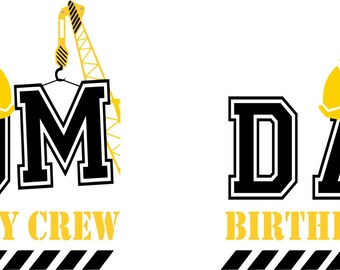Adjusting European Concealed Kitchen Cabinet Hinges
 Here are my credentials…I’ve been adjusting kitchen and bathroom cabinet hinges for thirty years. If you want to learn how to do this properly, I can teach you. This article will explain where you should begin to make your adjustments and how to work out all of the snags along the way. Even though I will be focusing my attention on concealed European style hinges, the basics I am going to teach you will work with all types.
Here are my credentials…I’ve been adjusting kitchen and bathroom cabinet hinges for thirty years. If you want to learn how to do this properly, I can teach you. This article will explain where you should begin to make your adjustments and how to work out all of the snags along the way. Even though I will be focusing my attention on concealed European style hinges, the basics I am going to teach you will work with all types.
Before we get started, it’s important for you to understand four extremely important principles. 1) If your cupboards were NOT installed level, it may be challenging to align the doors. 2) If the cabinetry was not installed plumb, you will Not be able to work out all of the details. 3) If there is a twist in your cupboards due to a hump or dip in the wall, ceiling or floor that the installer did not account for, you will NOT be able to make things perfectly straight. 4) If the doors were manufactured too small or too big, your efforts can only accomplish a certain level of success. Those are the irreversible facts you may be faced with.
Understanding the Adjusting Screws
Your European concealed hinges are going to have three different adjustments, up-and-down, side-to-side and in-and-out. The up-and-down screw is generally located in the hinge plate. The side-to-side adjuster is in the middle of the hinge. The in-and-out screw will be toward the back of the hinge.
Important: Always be cautious to NOT over-extend the adjustment ranges. You will basically have about one eight of an inch (1/8″) to three sixteenths (3/16″) tolerance, per door, in all directions. So, if you have a three eights of an inch (3/8″) gap to close, you will only be able to close the margin by three sixteenths of an inch (3/16″) on a single door. Ideally, you would move both doors three sixteenths of an inch (3/16″) to close the margin.
Here are a Few Pointers
Take a really good look at your kitchen or bathroom cabinet doors. Determine what gaps need to be made larger and which ones should be smaller. Take notice of anything that looks out of square with the cabinet. While you are making this examination, notice which corner of a particular door may need to be adjusted up or down for it to look square with the cupboard. Study all of the details and get a handle on the BIG picture before lifting your Phillips screwdriver.
When you are making the side-to-side alterations to the screw positions, they should only be turned a quarter of a turn at a time. Move the alignment of one door a little bit and then adjust the one next to it a little.
While the door you are working on is closed, push the top and bottom corner that does not have the hinge on it. If you notice there’s air space between one of the door corners and the cabinet face, use the in-and-out adjustment to make the corner hit the face of the cupboard.
Start making your adjustments to the kitchen on the upper cabinet hood/microwave doors first. Then, work your way out from there. This area generally will have the largest gap in the kitchen between the doors. If you prefer, once you have the hood doors aligned, you can move to a finished end or corner and start adjusting toward the range area.
Periodically, step back and take a good gander at what you have done. This process takes careful observation in order to achieve acceptable results. Adjust and then readjust until things look great.
Always begin at the appliance areas on the base cupboard doors. The idea is to get them into position so that they do not interfere with the dishwasher or range door being opened.
You may not be able to do much with stacks of drawers or single drawer faces without removing them and reinstalling them altogether. Some manufactures have adjusting screws for these items. Most of them do not. You can try tapping them with the rubber butt part of a hammer. If you do this, make sure you hold the actual four-sided drawer steady while you “TAP” the decorative front.
Once you adjust a few of the kitchen or bathroom cabinet doors, you will start to get the hang of how the hinges operate. At first it takes some serious thought to get your brain wrapped around what needs to move which way in order for the alignment to be correct. Just remember, you may be trying to adjust something that just cannot be bettered due to how the original cupboard installer fit and fastened the cabinets to the walls, ceiling and floors.
